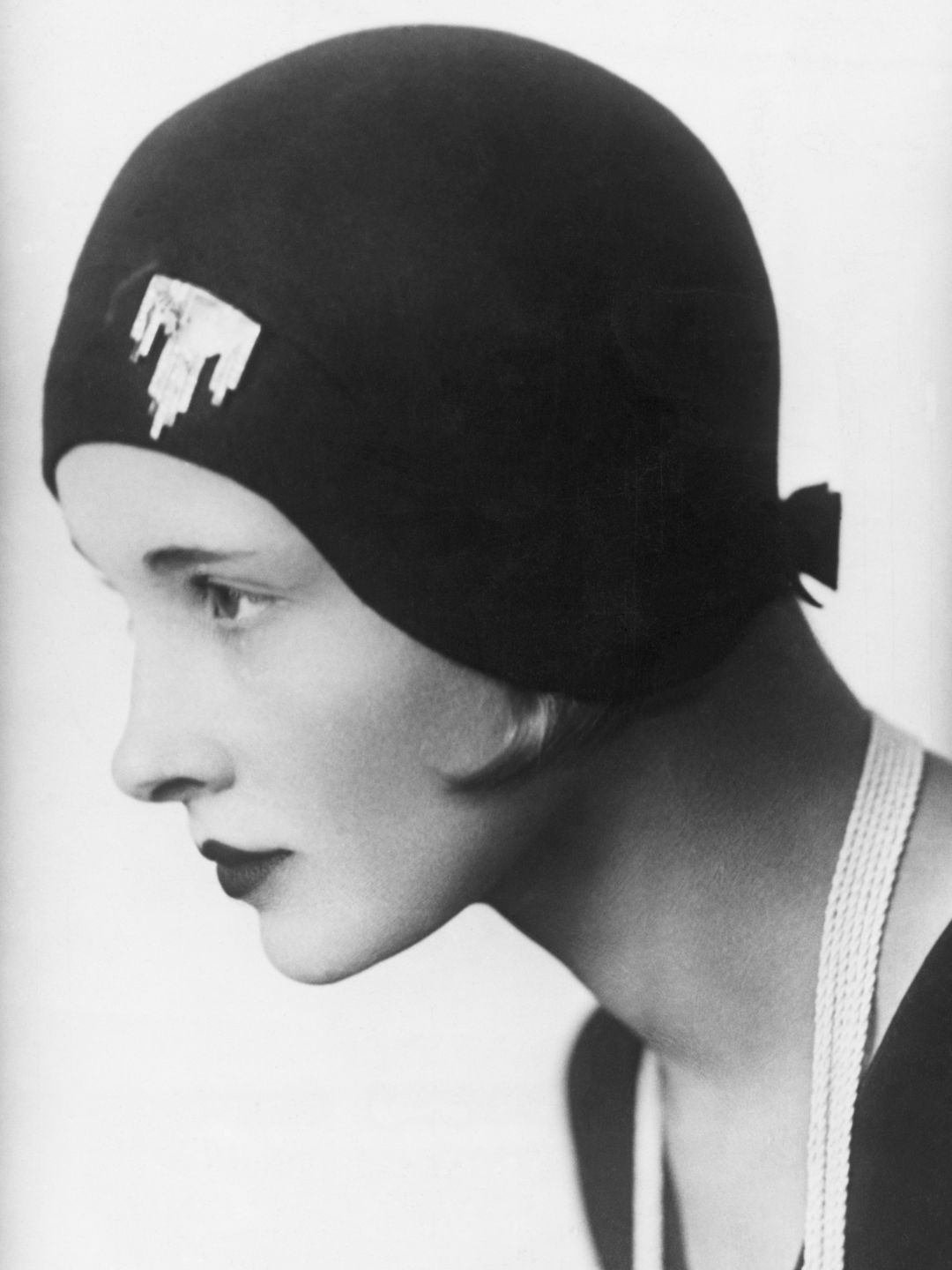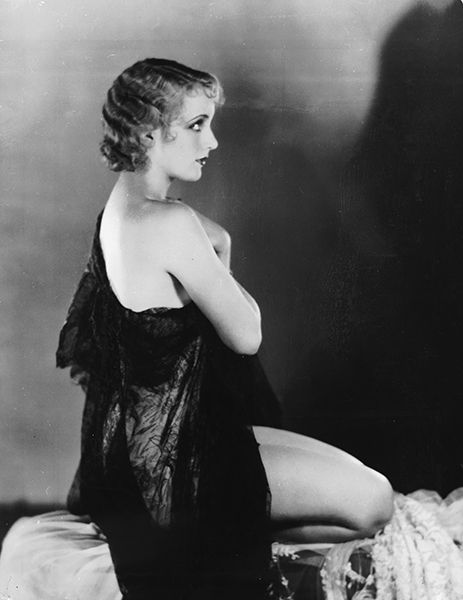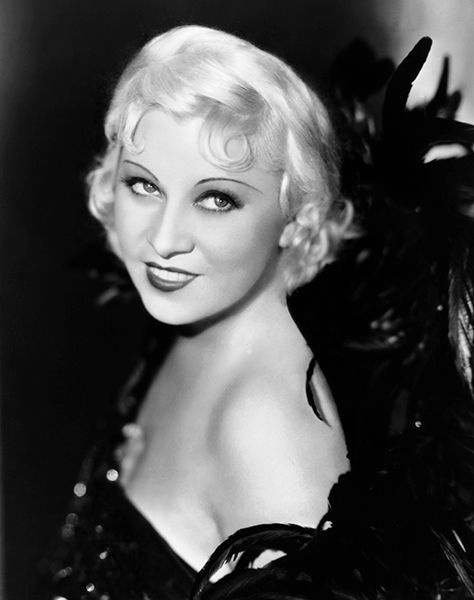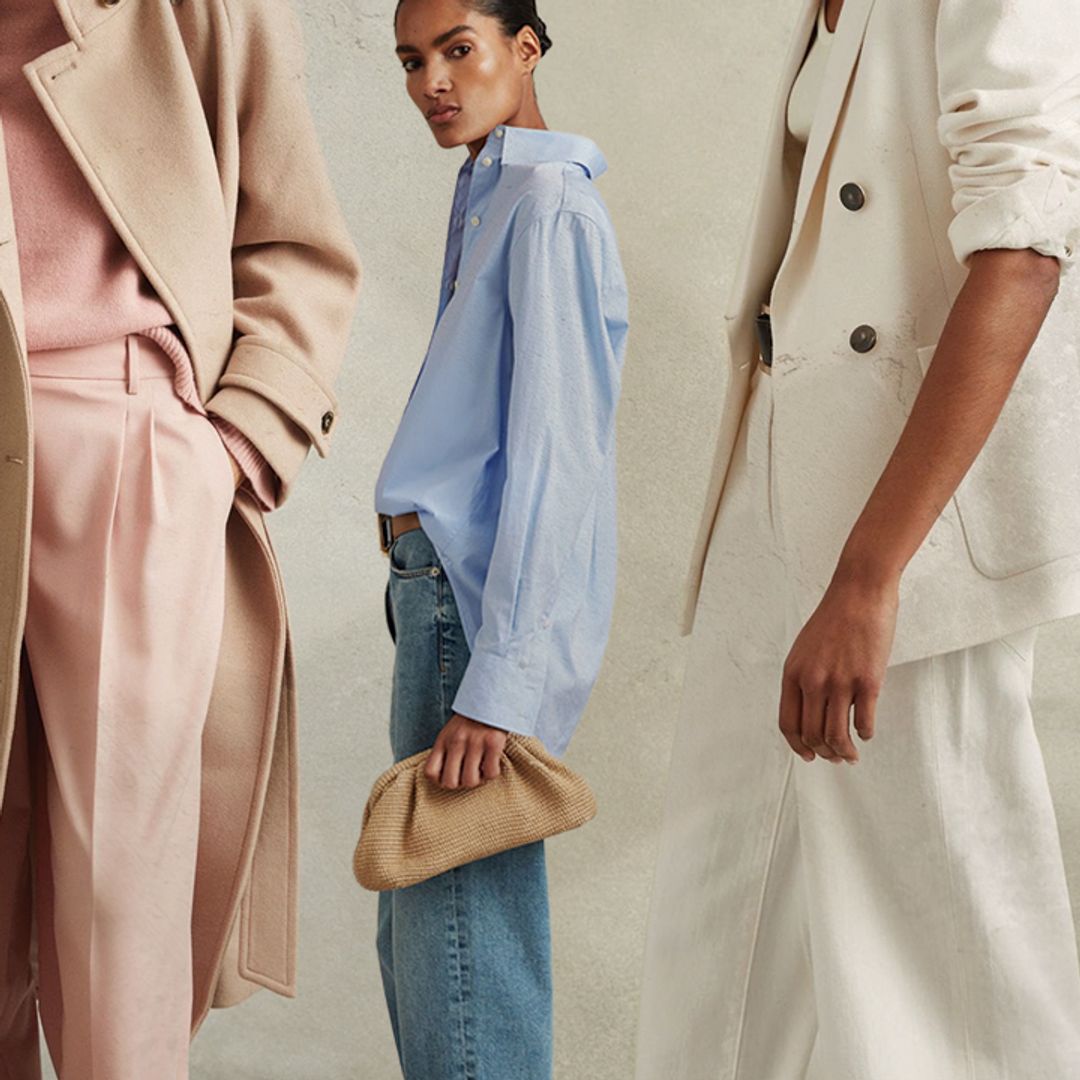The 1920s were defined by a culture of indulgence – think Jay Gatsby's wild parties in 4D. That quintessential ‘Roaring 20s’ celebratory spirit was all about excitement, a tantalising novelty that arose following a burst of unprecedented economic growth.
Technological advancements brought the radio and motion pictures to the fore, which, in turn, allowed a new assortment of models, dancers, singers and actresses to prosper and inspire.
MORE: 80s fashion for women: 6 incredible style moments we still love today
READ: 1970s fashion trends that we still love in 2023
Naturally, not everyone sustained affluent lifestyles, but those who were rich enough to partake absolutely made the most of the truly dynamic decade.
Who influenced our fashion in the 1920s?
The flapper look was all the rage among young women across Europe and the USA, consisting of 'short' skirts – hems that rested at knee level – bob hairstyles and slinky slip-style dresses. Across the pond, growing contempt for Prohibition meant that speakeasies (illicit drinking clubs) were rife, as were wild dance crazes such as the Charleston.
Not a Strictly fan? All you need to know is that the vigorous, energetic steps lent themselves to utterly decadent outfits, adorned with feathers, beads, fringing and sparkly embellishments – demonstrated perfectly by dancer Josephine Baker's glitzy costumes.
READ: The fashion trends from the 1960s that we still adore today
RELATED: Marilyn Monroe: 7 of the actress' most striking portraits
On the screen, actresses Greta Garbo and Anna May Wong were known for their truly showstopping accessories, but when it came to the emergence of the androgynous look, aka "La Garçonne", Louise Brooks paved the way. With her ultra-shiny boyish crop and sharply tailored suits, she had a huge impact on the fashion of the age.
Wanting to give your current wardrobe a 1920s-themed overhaul? Keep scrolling…
How we chose the pieces
After combing through the decade's photo archive, we pulled out the trends that are still utterly relevant today. We then scoured the internet's top fashion sites, taking into account style, price point and quality, to help you infuse your wardrobe with a splash of Roaring 20s glamour.
1920s fashion trends
Flapper dresses
One of the decade's most defining trends, the flapper dress represented a pivotal moment in the history of womenswear. Steeped in revolutionary spirit, the style championed a much shorter hemline than was previously customary. Named after the subculture of Western women who adopted the look, the silhouette was straight and loose with a drop waist. The length sat around the knee – considered scandalous back then. The dress shape was worlds apart from the Gibson Girl's cinched-in waist, the precursory feminine ideal created by American artist Charles Dana Gibson.
This round-neck mini by Karen Millen perfectly captures the spirit of the age. Infused with embellishment, the piece is crying out to grace the dance floor. Featuring the holy trinity: sequins, fringing and diamante, it feels suitably high octane for a lavish affair. The flattering yellow gold hue feels flattering, and would look amazing alongside glitzy platforms and a dash of hedonism.
Feathers
Because of their enchanting, kinetic energy, feathers added a sense of drama to any outfit and were often incorporated into the costumes of dancers. Feather-lined headdresses, boas and fans influenced the showgirl aesthetic, and these accessories provided performances with an extra sense of flow and movement.
Featuring a stylish floral jacquard, Leslie Amon's Laurie design is achingly cool. The vibrance of the Tiffany blue hue alongside the form-fitting silhouette gives a mermaid-esque glamour, and the ostrich feathers add a playful, frothy touch.
Beading
Rich embellishment gave clothing a sense of decadence, worlds apart from the austere, practical garments worn by women during the First World War. Utilitarianism was replaced by lustrous fripperies that caught the light. Dresses were embedded with meticulous beading and encrusted evening bags featuring Art Deco designs were the must-have accessory.
Featuring clear spherical beads, Shrimps' Brooks bag has a certain geometric charm. The colourless effect lends itself to working with various different colour palettes, and the piece would pair beautifully alongside clear mules if you fancy a matching moment.
Pearl necklaces
Pearls took on a new meaning in the 1920s. Having previously represented regal opulence, the gemstone underwent a shift, becoming synonymous with liberation when long strings were adopted by flapper girls. Offering outfits a luxurious cream touch, the pearl landscape also changed the following decade with the birth of cultured varieties.
Cult Gaia's Nyala necklace features three strands of freshwater pearls set on delicate gold-tone chains. Presenting a contemporary alternative to the long strings of the 1920s, the choker style feels fresh and elegant, and would look excellent teamed with a strapless form-fitting midi for maximum impact.
Sequins
Sequins experienced something of a revival in the 1920s and their light-reflecting quality made them perfect for dazzling party outfits. Howard Carter's 1922 discovery of Tutankhamun sparked a newfound cultural obsession with Egypt, and the movement, known as Egyptomania, lent itself to gilded glitz. Sequins flourished in popularity, and we are still hypnotised by their lustre today.
Comprised of a simple slip mini with a glistening maxi overlay, this piece by Zara feels ethereal and elegant. The semi-sheer effect offers a hint of skin, as does cut-out sleeve detailing. Style with holographic platforms and drop-down earrings for dose of major shine.
Little black dresses
The wardrobe staple that we now know and love is credited to Coco Chanel by fashion historians. In 1926, Vogue published her sketch of a simple black dress, predicting that it would go on to become "a sort of uniform for all women of taste". Heralded for its versatility, the little black dress can be styled up or down depending on the occasion. The classic piece epitomises understated evening elegance, and no woman's wardrobe is complete without one.
Rich in 1980s flair, Mara Hoffman's Alycia dress features a statement cool-girl ruffle and a flattering textured finish. Crafted from 100% organic cotton-poplin, the design feels interesting and poses a welcome alternative to a classic slip shape. Style yours with a voluminous blow dry and scarlet lips for a sense of timeless chic.
Cloche hats
Boyish hairstyles were all the rage for women, and millinery followed suit. Created by Caroline Reboux in 1908, the cloche is a fitted, bell-shaped hat, often positioned low on the forehead. Cloches were often crafted from felt and by the end of the decade, it became fashionable to turn the brims upwards.
Crafted in Italy, this Erdem sunhat has the classic cloche silhouette, presenting a stylish alternative to the wide-brim. With a grosgrain band and drawstring fastening, style yours with a classic black one-piece swimsuit and padded slides.
Mary Janes
With their childlike charm, Mary Janes were adored by flappers. The style features one or more straps across the instep, often finished with a glitzy button or buckle for added interest. The practical design was ideal for dancing the night away, and have come back into fashion this season thanks to the likes of Dior, Versace and Prada.
This playful pair by Stuart Weitzman feature a functional 60mm block heel and a subtle chrome buckle. With a glossy sequin finish, they would work perfectly alongside semi-sheer patterned tights and mini shift dress for a 1960s edge.
Hello! Fashion shares the style icons who changed the face of 1920s fashion:
Josephine Baker
Clara Bow
Carole Lombard
Jean Harlow
Coco Chanel
Marlene Dietrich
Greta Garbo
Mae West
Anna May Wong
Louise Brooks
Like this story? Sign up to our Hello! Fashion newsletter to get your weekly 'Fashion Fix' delivered straight to your inbox.
HELLO!'s selection is editorial and independently chosen – we only feature items our editors love and approve of. HELLO! may collect a share of sales or other compensation from the links on this page. To find out more visit our FAQ page.



































